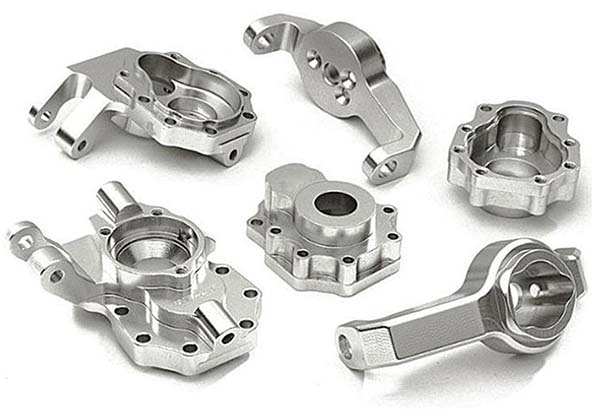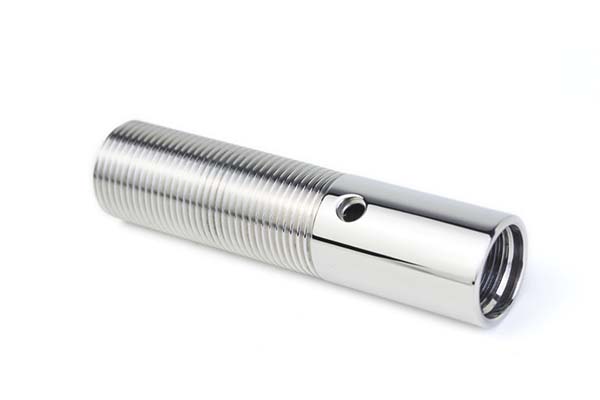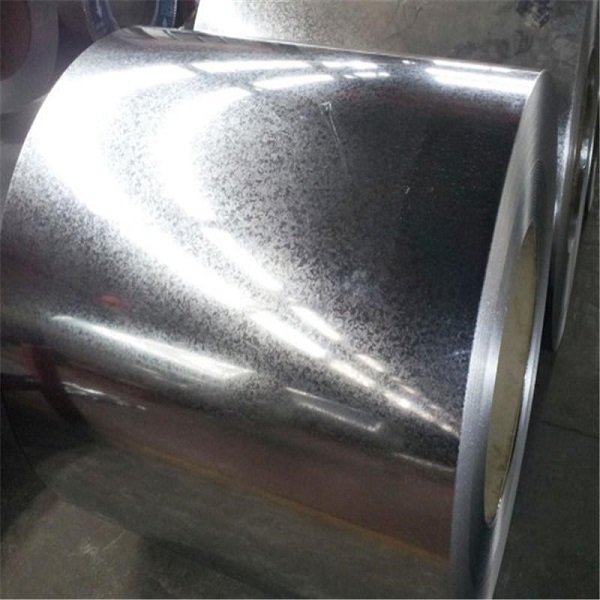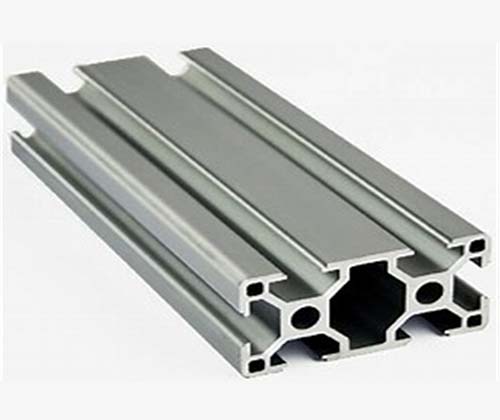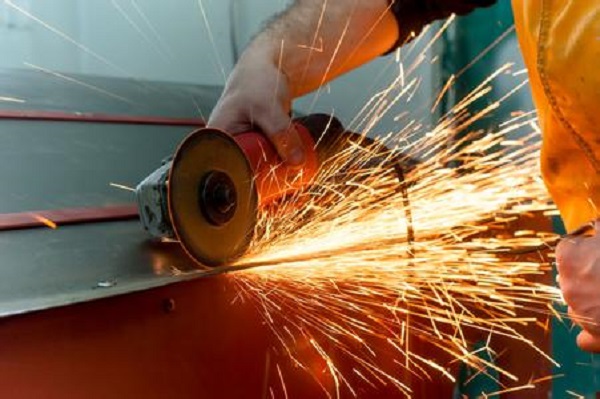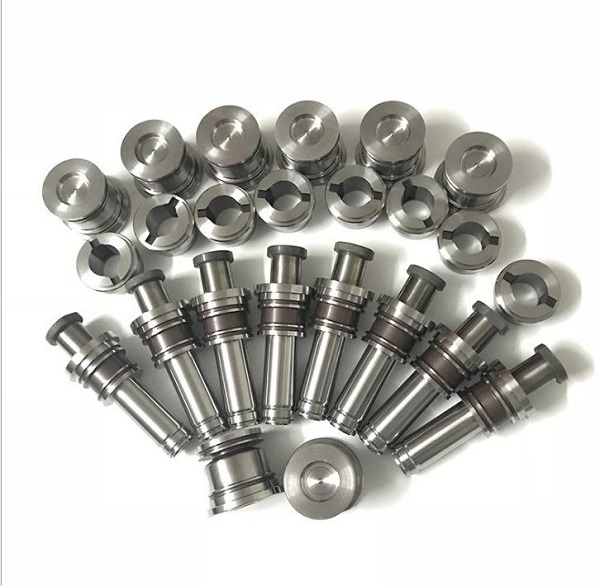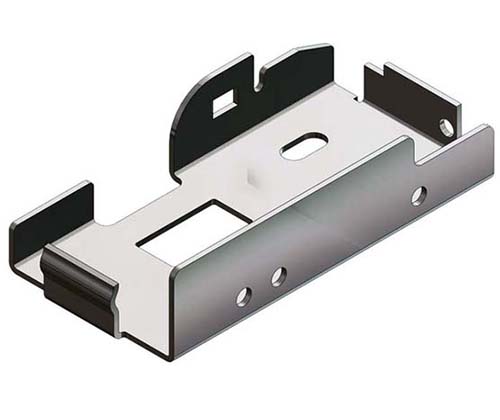Introduction
In the world of manufacturing, construction, and countless other industries, the metal sheet price is a topic of utmost importance. Metal sheets are the building blocks for everything from cars and appliances to skyscrapers and industrial equipment. The fluctuation in metal sheet prices can have a significant impact on a company's bottom line, production planning, and overall competitiveness.
For example, in the automotive industry, a sudden increase in metal sheet prices can lead to higher production costs. If a car manufacturer has a fixed budget for raw materials and the price of metal sheets spikes, they may have to cut costs elsewhere, such as reducing the quality of other components or laying off workers. Similarly, in the construction industry, builders may have to delay projects or increase the cost of buildings for consumers when metal sheet prices rise unexpectedly. Given the far - reaching implications, it's crucial to understand what drives the changes in metal sheet prices. In the following sections, we will explore the various factors influencing metal sheet prices, compare different types of metal sheets in terms of cost, and provide insights on how to navigate these price fluctuations.
1. Raw Material Costs
1.1 Types of Metals
The base price of metal sheets varies significantly depending on the type of metal used. Some of the most common metals for metal sheet production include steel, aluminum, and copper.
Steel is one of the most widely used metals for metal sheets due to its high strength and relatively low cost. It is composed mainly of iron and carbon, with small amounts of other elements. The price of steel sheets can be relatively affordable, especially when compared to some other metals. For instance, in a stable market, the price of common steel sheets might be around \(500 - \)800 per ton. This makes it a popular choice for large - scale construction projects, such as building frameworks and industrial equipment housing.
Aluminum, on the other hand, is a lightweight and corrosion - resistant metal. It is more expensive than steel on a per - ton basis, often priced in the range of \(1,800 - \)2,500 per ton. Aluminum's higher cost is due to factors like the more complex extraction process from bauxite ore and its desirable properties. It is widely used in the automotive and aerospace industries, where its light weight helps to reduce fuel consumption and increase efficiency.
Copper is valued for its excellent electrical and thermal conductivity. Metal sheets made of copper are much pricier, typically ranging from \(6,000 - \)8,000 per ton. This high cost is a result of its relative scarcity in the earth's crust and the high - cost extraction and refining processes. Copper sheets are commonly used in electrical applications, such as in wiring and circuit boards, and in plumbing due to their corrosion - resistance and antimicrobial properties.
1.2 Market Fluctuations of Raw Materials
The prices of these base metals are far from static; they are constantly in flux due to various factors in the raw materials market.
Supply and demand play a fundamental role. When the global economy is booming, industries like construction, automotive, and manufacturing increase their production, leading to a surge in the demand for metals. For example, during a period of rapid urbanization in emerging economies, the demand for steel and aluminum for building skyscrapers and infrastructure skyrockets. If the supply cannot keep up with this sudden spike in demand, the prices of these metals will rise. Conversely, during an economic recession, demand for metal - intensive products drops, and with an oversupply in the market, metal prices tend to fall.
Geopolitical factors can also have a significant impact. Political unrest in major metal - producing countries can disrupt mining operations and transportation routes. For instance, if there are labor strikes in a major copper - producing mine in South America, the supply of copper ore will be reduced. This shortage in the raw material supply will then drive up the price of copper, and subsequently, the price of copper metal sheets.
International economic trends, such as currency exchange rates and trade policies, also influence metal prices. A strong US dollar, for example, can make metals priced in dollars more expensive for buyers using other currencies. This can potentially reduce the demand for metals in international markets and put downward pressure on prices. Trade tariffs can also disrupt the normal flow of metals between countries. If a country imposes high tariffs on imported steel, domestic steel producers may see an increase in demand, but it can also lead to higher prices for domestic consumers due to reduced competition.
2. Manufacturing Processes
2.1 Different Production Methods
The manufacturing processes of metal sheets also play a significant role in determining their prices. One of the main production methods is hot - rolling and cold - rolling.
Hot - rolled metal sheets are produced by rolling metal at high temperatures, typically above its recrystallization temperature. This process is relatively more straightforward and less energy - intensive in some aspects. As a result, hot - rolled metal sheets are generally less expensive. For example, hot - rolled steel sheets are often used in applications where surface finish is not a critical factor, such as in the construction of large - scale infrastructure like bridges. Their price per unit area is relatively lower compared to cold - rolled counterparts, which can be around 10 - 20% cheaper in a normal market situation.
Cold - rolled metal sheets, on the other hand, are produced by rolling hot - rolled sheets at room temperature. This additional processing step allows for better control over the sheet's thickness, surface smoothness, and mechanical properties. However, the cold - rolling process is more complex and energy - consuming. Cold - rolled steel sheets are commonly used in the automotive industry for car body panels, where a high - quality surface finish and precise dimensions are crucial. Due to the more elaborate production process, cold - rolled metal sheets are usually more expensive than hot - rolled ones.
Other production methods, such as electroplating to add a protective or decorative layer, or processes that involve special alloying techniques to achieve specific properties, can also increase the cost of metal sheets. For instance, if a metal sheet is electroplated with a layer of zinc for corrosion resistance, the cost will go up due to the additional materials and processing time required.
2.2 Technological Level and Efficiency
The technological level and production efficiency of metal sheet manufacturers can greatly impact the cost and, consequently, the price of metal sheets.
Advanced manufacturing technologies can lead to cost - savings. For example, the use of computer - controlled precision machinery can reduce material waste during the production process. In a traditional manufacturing setup, the error margin in cutting and shaping metal sheets might be relatively large, resulting in more scrap materials. However, with the adoption of high - tech computer - aided design (CAD) and computer - aided manufacturing (CAM) systems, the cutting and shaping processes can be optimized, leading to a significant increase in material utilization. Some manufacturers with advanced technologies can achieve a material utilization rate of over 90%, while those with outdated technologies may only reach 70 - 80%. This difference in material utilization directly affects the production cost per unit of metal sheet.
High - efficiency production lines can also lower costs. Automated production lines with high - speed equipment can produce a large quantity of metal sheets in a short time. For example, a modern steel mill with state - of - the - art automated rolling mills can produce thousands of tons of metal sheets per day, spreading the fixed costs (such as equipment depreciation, factory rent) over a larger number of products. In contrast, a small - scale factory with manual or semi - automated operations will have a much lower production capacity and higher unit production costs. If a large - scale factory can produce metal sheets at a cost of \(600 per ton, a small - scale factory with lower - efficiency operations might have a production cost of \)800 - $900 per ton due to the inefficiencies in production processes, longer production times, and higher labor requirements.
3. Quality and Specifications
3.1 Quality Standards
Metal sheets are produced to various quality standards, and these standards can significantly influence the price. For example, metal sheets used in the aerospace industry must adhere to extremely high - quality standards. These sheets are subject to rigorous quality control processes, including multiple inspections for material purity, mechanical properties, and surface finish. The production of aerospace - grade metal sheets often requires advanced manufacturing techniques and high - precision equipment. As a result, they are much more expensive compared to metal sheets with lower - quality standards.
In contrast, metal sheets for general - purpose construction may have more relaxed quality requirements. They are still required to meet basic industry standards for strength and durability but do not need to undergo the same level of strict testing as those for the aerospace industry. For instance, common galvanized steel sheets used in residential roofing may only need to pass simple corrosion - resistance tests and basic strength measurements. These lower - standard metal sheets are more cost - effective and are widely used in large - scale construction projects where the budget is a major consideration.
3.2 Special Specifications
Metal sheets with special specifications, such as unique thicknesses, widths, or lengths, usually come at a higher price. Thickness is a crucial factor. For example, extremely thin metal sheets, like those used in the production of electronic components, require specialized rolling and manufacturing processes to achieve the desired precision. These processes are often more complex and less efficient than producing standard - thickness sheets. As a result, the price per unit area of thin - gauge metal sheets can be several times higher. On the other hand, extra - thick metal sheets, used in applications like heavy - duty machinery and large - scale industrial equipment, also command a premium price. The production of thick - gauge sheets demands more raw materials and more powerful manufacturing equipment, contributing to the higher cost.
Special widths and lengths can also impact the price. If a customer requires a metal sheet with a non - standard width, the manufacturer may need to adjust their production lines or use custom - made rolling equipment. This customization can lead to higher production costs, which are then reflected in the price of the metal sheet. Similarly, for metal sheets with extended lengths, transportation and handling become more challenging, adding to the overall cost. For example, a construction project that needs extra - long steel sheets for a large - span bridge may have to pay more due to the difficulties in manufacturing, transporting, and handling these uniquely - sized sheets.
Yigu Technology's View
As a non - standard plastic metal products custom Supplier, Yigu Technology deeply understands the significance of metal sheet price dynamics. Fluctuations in metal sheet prices directly impact our production costs and overall business operations. We always keep a close eye on the market trends of metal sheet prices. By closely monitoring raw material costs, production process - related cost changes, and market supply - demand relationships, we can better plan our production and procurement strategies.
We attach great importance to building long - term and stable partnerships with reliable metal sheet suppliers. This helps us obtain more favorable prices and ensure the stable supply of high - quality metal sheets. Additionally, we continuously invest in research and development to optimize our manufacturing processes, aiming to reduce production costs while maintaining product quality, so as to better respond to the challenges brought about by metal sheet price fluctuations.
FAQ
1. How often does the metal sheet price change?
The change frequency of metal sheet prices varies. It can be affected by multiple factors such as raw material market fluctuations, geopolitical situations, and economic trends. In some volatile markets, prices may change within a few days due to sudden changes in supply and demand, like unexpected production cuts in major metal - producing areas. However, in relatively stable periods, the price may remain relatively stable for months. For example, during a period of stable global economic growth with no major disruptions in the metal - mining industry, the price of common steel sheets may only show significant changes every 3 - 6 months.
2. Are there any long - term trends in metal sheet price?
Yes, there are long - term trends in metal sheet prices. With the increasing global emphasis on environmental protection, the cost of metal production may rise due to stricter environmental regulations, which could potentially drive up metal sheet prices in the long run. Technological advancements can also have an impact. For instance, if new extraction or manufacturing technologies are developed, they may either reduce production costs and lower prices or create higher - value metal products with increased prices. Overall, long - term trends may show an upward or fluctuating pattern, depending on the combined influence of these factors.
3. How can I get the most accurate metal sheet price information?
To obtain the most accurate metal sheet price information, you can first consult reliable metal sheet suppliers directly. They have firsthand knowledge of the current market prices and can provide up - to - date quotations based on your specific requirements. Additionally, following industry reports from well - known research institutions can offer comprehensive price analyses and trends. Some professional price - tracking websites, such as Metal Bulletin, also provide real - time or near - real - time price data for different types of metal sheets. These sources can help you stay informed about the latest and most accurate metal sheet prices.
